SUMMARY
This is AI generated summarization, which may have errors. For context, always refer to the full article.
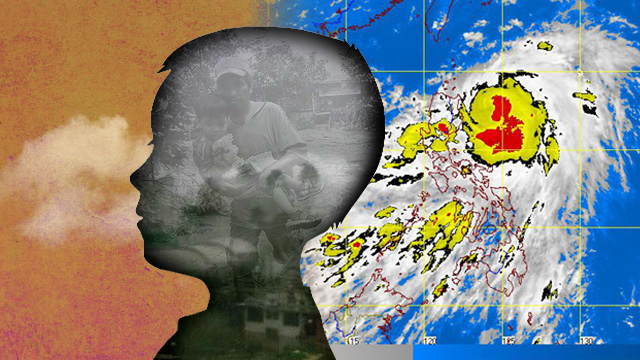
MANILA, Philippines – With rainy season upon the Philippines, the country must get ready for floods, winds and typhoons that threaten to wipe out economic gains.
Weather and climate-related disasters cost the Philippines an average of US$240.7 million a year, according to a study covering 20 years of disasters (1990-2009), published in November of 2010 by state-owned think tank Philippine Institute for Development Studies (PIDS).
That translates to P9.7411 billion (given the average exchange rate of P40.47 to 1 between 1990-2009).
By comparison that is:
- About equal to remittances from Australia in 2011 ($248,190) *source BSP
- About equal to what the Aquino government will spend for anti-poverty projects in 2012 (P9.02 billion)
- About equal to the value of Nickel concentrate produced in 2010 (P9.795 billion) or about 9 times the amount of value of silver produced in 2010 (P1.19 billion) *source NSCB
- About equal to the cost of 316,269,480 yum burgers at Jollibee
- About equal to the combined income of 47,287 average Filipino families in 2011 *source census.gov.ph puts average income at P206,000 a year
However P9.74 billion may not cover the real economic burden of disasters today. The cost and frequency of weather-related disasters have been increasing over the past 20 years according the PIDS study. In 2011 for instance, the economic toll of natural disasters reached P26 billion, a report of the Citizen’s Disaster Response Center showed.
Imagine all the condos and other properties sold by SM’s real estate arm in 2011, then you will have an idea of what P26-B looks like. That’s also about what the Philippines collected in tobacco taxes in 2011, according to the Philippine Information Agency.
Threat to growth, agriculture
These types of losses threaten to hold back the rising tide of economic growth. Agriculture, which made up one-fifth of the economy in 2011, is particularly susceptible to natural disasters.
Last year, agriculture grew 4 times faster in the first 9 months of the year than in the disaster-wracked 4th quarter. By the end of 2011, agriculture pulled down gross domestic product (GDP) after typhoon Sendong battered plantations in Northern Mindanao in December, erasing earlier gains in the year.
Though growth in the first 3 months of 2012 has been surprisingly strong, agriculture is already lagging, having grown only a meager 1%. Many economists are asking if the country can sustain its early economic gains. Socioeconomic Planning Secretary Arsenio Balisacan admitted during the first quarter briefing that the country benefited from a disaster-free first quarter.
But he hopes, “The first quarter performance serves as a springboard for the next 3 quarters.” If historical trends hold, election related spending will boost growth at the end of the year.
The real challenge will be the 2nd quarter when heavy rains threaten to pour down on the country and dampen growth. – Rappler.com
Add a comment
How does this make you feel?


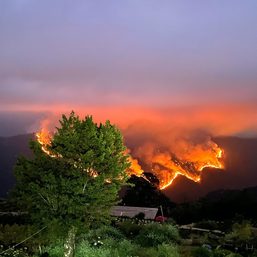


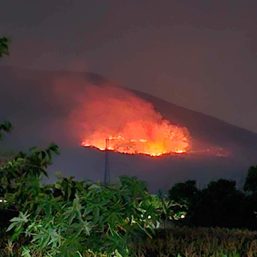
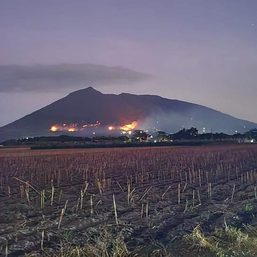


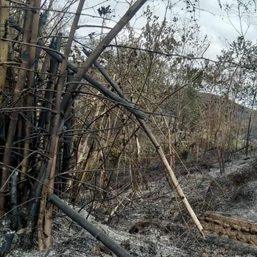
There are no comments yet. Add your comment to start the conversation.